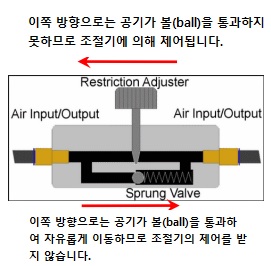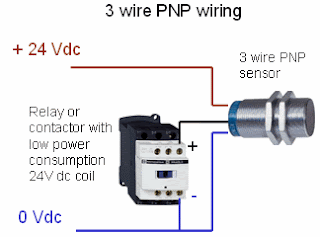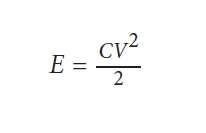[Logic] 모순된 전제가 항상 유효한 논증이 되는 이유
모순된 전제를 가진 논증은 항상 유효합니다.
우선 "모순된 전제들"과 "유효한 논증"의 의미를 알아보겠습니다. 모순된 전제의 의미는, 전제를 구성하는 각 명제들이 모두 참이 될 수 없다는 것을 의미합니다. 전제의 모든 명제가 거짓일 수도 있고, 몇 개만 거짓일 수 있지만, 모두가 참일 수 없는 명제의 집합입니다.
유효한 논증이란, 전제의 모든 명제가 참이 되는 동시에 결론이 거짓이 될 수 없다는 의미입니다. 역으로, 유효하지 않은 논증이란 전제의 모든 명제가 참인 동시에 결론이 거짓이라는 의미가 됩니다. 하지만 모순된 전제은 모두 동시에 참일 수가 없으므로, 유효하지 않은 논증의 조건을 만족하지 못합니다. 따라서, 모순된 전제에서 유효한 논증이 만들어집니다.
아래는 원문입니다.
Any argument whose premises form an inconsistent set of sentences is a valid argument.
To understand why this is so, let's be clear about what "inconsistent set of sentences" means and what "valid argument" means in this context. To say that a set of sentences is inconsistent is to say (roughly) that it is not possible that all the sentences in that set are true: they could all be false, some could be true and some false, but there is no way that all could be true. To say that an argument is valid is to say that it's not possible for all its premises to be true and its conclusion at the same time to be false; sometimes people express this by saying that the truth of the premises forces the truth of the conclusion.
But now think about it: If you have an argument whose premises are inconsistent, then it's certainly not possible that all its premises be true and its conclusion false - since it's already not possible for all its premises to be true! Hence, any argument whose premises are inconsistent is (trivially) a valid argument.
우선 "모순된 전제들"과 "유효한 논증"의 의미를 알아보겠습니다. 모순된 전제의 의미는, 전제를 구성하는 각 명제들이 모두 참이 될 수 없다는 것을 의미합니다. 전제의 모든 명제가 거짓일 수도 있고, 몇 개만 거짓일 수 있지만, 모두가 참일 수 없는 명제의 집합입니다.
유효한 논증이란, 전제의 모든 명제가 참이 되는 동시에 결론이 거짓이 될 수 없다는 의미입니다. 역으로, 유효하지 않은 논증이란 전제의 모든 명제가 참인 동시에 결론이 거짓이라는 의미가 됩니다. 하지만 모순된 전제은 모두 동시에 참일 수가 없으므로, 유효하지 않은 논증의 조건을 만족하지 못합니다. 따라서, 모순된 전제에서 유효한 논증이 만들어집니다.
아래는 원문입니다.
Any argument whose premises form an inconsistent set of sentences is a valid argument.
To understand why this is so, let's be clear about what "inconsistent set of sentences" means and what "valid argument" means in this context. To say that a set of sentences is inconsistent is to say (roughly) that it is not possible that all the sentences in that set are true: they could all be false, some could be true and some false, but there is no way that all could be true. To say that an argument is valid is to say that it's not possible for all its premises to be true and its conclusion at the same time to be false; sometimes people express this by saying that the truth of the premises forces the truth of the conclusion.
But now think about it: If you have an argument whose premises are inconsistent, then it's certainly not possible that all its premises be true and its conclusion false - since it's already not possible for all its premises to be true! Hence, any argument whose premises are inconsistent is (trivially) a valid argument.








댓글
댓글 쓰기